Name Thomas Rainsborough | ||
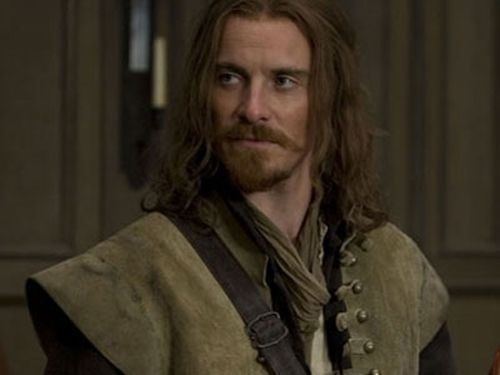 | ||
Occupation Parliamentarian, Leveller, Politician Died October 29, 1648, Pontefract, United Kingdom | ||
Leveller thomas rainsborough plaque unveiling st john s churchyard wapping and speakers
Thomas Rainsborough (6 July 1610 – 29 October 1648), or Rainborowe, was a prominent figure in the English Civil War and the leading spokesman for the Levellers in the Putney Debates.
Contents
- Leveller thomas rainsborough plaque unveiling st john s churchyard wapping and speakers
- John rees and tony benn speech at the plaque unveiling to leveller thomas rainsborough
- Life
- Military career
- MP for Droitwich
- Putney Debates
- Death and controversy
- Funeral 1648
- Memorials and popular culture
- References
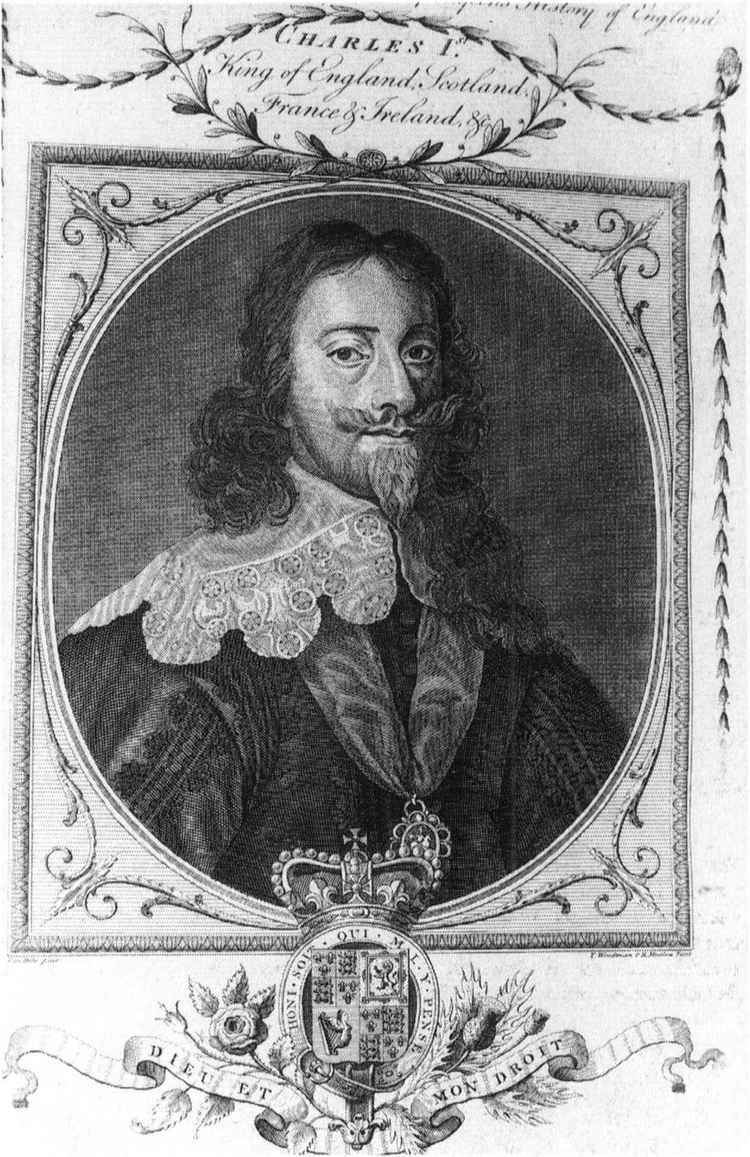
John rees and tony benn speech at the plaque unveiling to leveller thomas rainsborough
Life
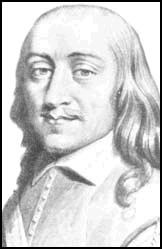
He was the son of William Rainsborough, a captain and Vice-Admiral in the Royal Navy, and ambassador to Morocco (for his services to end white slavery he was offered a baronetcy, which he declined). Before the war, Thomas and his brother, William Rainsborowe, were both involved in an expedition to the Puritan Providence Island colony, off the coast of Nicaragua and the Rainsborough family had previous marriage links to Massachusetts. Thomas Rainsborough was devout in his religious beliefs and was a Fifth Monarchist.
Military career
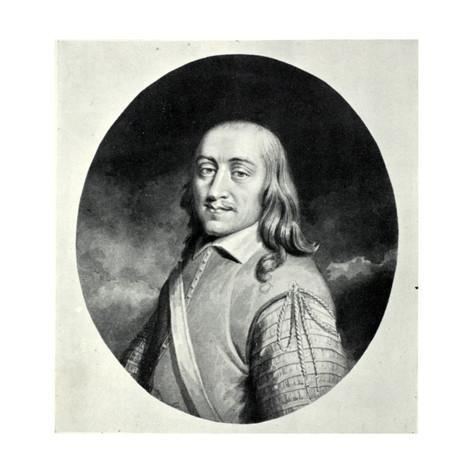
Rainsborough served in the Parliamentary forces during both the first and second English Civil Wars. Originally a naval officer he commanded the Swallow, the Lion and other English naval vessels during the first civil war. By May 1645, he was a Colonel in the New Model Army having raised an infantry regiment. Rainsborough took an active part in the battles at Naseby and Bristol. In 1645 he captured the symbolic stronghold of Berkeley Castle for Parliament before moving to the siege of Oxford, which surrendered the following June. Later in 1646, he helped conclude the Siege of Worcester and was made the city's governor.
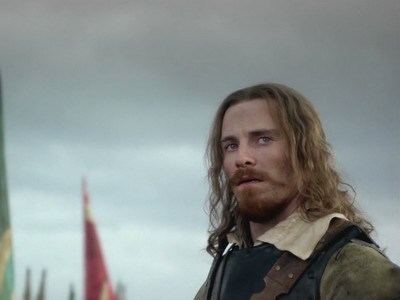
In 1648 Rainsborough was moved from the army and given, by Parliament, command of the navy, holding the rank of Vice-Admiral. His appointment was unpopular with both officers and saliors, resulting in a mutiny (and declaration for the King) of six ships on 27 May 1648. In the same year he briefly replaced the Royalist sympathiser William Batten as Captain of Deal Castle, but was dismissed when the castle also declared for the King. Despite his previous experience, Rainsborough was viewed by the navy as being too radical and having been imposed on them by the army. As a result of the mutiny the Earl of Warwick was appointed Lord High Admiral, with Rainsborough returning to the army. On his return to the army, Rainsborough led the siege and victory at Colchester. From Colchester he was tasked with taking Pontefract Castle and it was during this siege he was killed.
MP for Droitwich
In January 1647, Rainsborough became a member of parliament for Droitwich, Worcestershire, England.
Putney Debates
Rainsborough was the most senior member of the Army Council to support the Leveller proposals. During the Putney Debates his arguments for universal suffrage were called 'anarchy' by Henry Ireton, who spoke for the Army Grandees. During the debates, Rainsborough famously said:
I think that the poorest he that is in England hath a life to live, as the greatest he; and therefore truly, Sir, I think it's clear, that every man that is to live under a government ought first by his own consent to put himself under that government; and I do think that the poorest man in England is not bound in a strict sense to that government that he hath not had a voice to put himself under.
Death and controversy
In October 1648, Rainsborough was sent by his commander, Sir Thomas Fairfax, to the siege at Pontefract Castle. Whilst he was in nearby Doncaster, he was killed by four Royalists during a bungled kidnap attempt. The site is still marked today by a plaque outside of the House of Fraser. As Rainsborough was under Cromwell's disfavour and there were tensions between Rainsborough and the commander he was displacing, Henry Cholmeley, who later defected to the Royalists, many at the time wondered whether there was some Parliamentary complicity in his death, as do historians today. However Royalist Propaganda may also have played a part in all the rumours. The four Royalists involved in the bungled kidnap crossed the River Don at Mexborough and hid out at Conisborough Castle before their failed attempt.
His murder was the subject of a ballad, published in 1648 called "Colonell Rainsborowes ghost or, a true relation of the manner of his death, who was murthered in his bed-chamber at Doncaster, by three of Pontefract souldiers who pretended that they had letters from Leiutenant Generall Cromwell, to deliver unto him. To the tune of, My bleeding heart with griefe and care."
Funeral 1648
His funeral was the occasion for a large Leveller-led demonstration in London, with thousands of mourners wearing the Levellers' ribbons of sea-green and bunches of rosemary for remembrance in their hats. He was buried in St John's Churchyard Wapping. After his death, his brother, William Rainsborowe continued in the Ranter cause.
Memorials and popular culture
In May 2013 a plaque was in veiled by Cllr Rania Khan, John Rees (writer) and Tony Benn (former MP) in memory of Rainsborough at St John's, Wapping.
Thomas Rainsborough is portrayed by Michael Fassbender in the Channel 4 drama, The Devil's Whore.
He plays a minor but crucial role in Traitor's Field by Robert Wilton, published in May 2013 by Corvus, an imprint of Atlantic Books.
